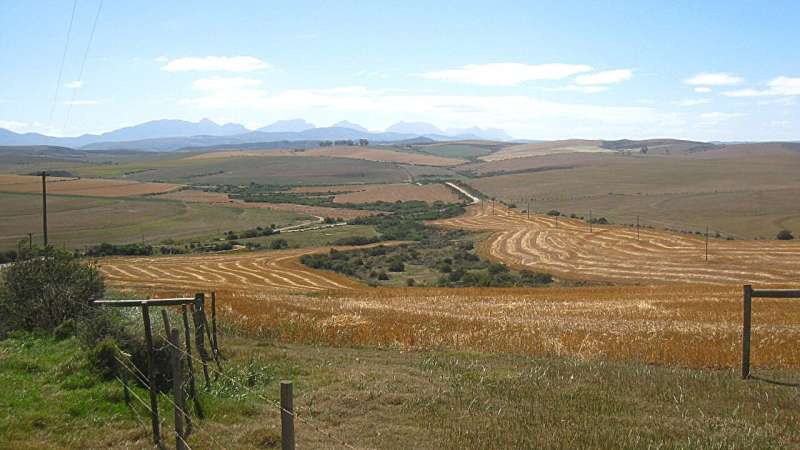This article has been reviewed according to Science X's editorial process and policies. Editors have highlighted the following attributes while ensuring the content's credibility:
fact-checked
peer-reviewed publication
trusted source
proofread
Land use change can produce more food and store more carbon, study finds

Doubling food production, saving water, and increasing carbon storage capacity—this may sound paradoxical, but would be theoretically feasible considering the biophysical potential of the Earth.
Reaching this goal, however, would require a radical spatial reorganization of land use. Such is the conclusion of researchers from Karlsruhe Institute of Technology (KIT) and the Heidelberg Institute for Geoinformation Technology (HeiGIT) of Heidelberg University. Their findings are published in the Proceedings of the National Academy of Sciences.
Use of the Earth's surface by humans for the production of food, for instance, has changed considerably over the past centuries. The global population is increasing. More food is required and can be transported around the world within the shortest periods of time. However, historically developed food production systems do not reflect the biophysical potential of our ecosystems.
The study shows that food is not produced at places where it would be most efficient in terms of area use, water consumption, and CO2 emissions. Instead, deforestation is being continued to obtain cropland and pastures and arid fields are being irrigated. These activities have a massive negative impact on water availability and carbon storage.
But what if fields, pastures, and natural vegetation were moved to where it would be most efficient? What if croplands were restricted to areas that do not require extensive irrigation? To answer these questions, the researchers from KIT and HeiGIT combined a dynamic vegetation model with an optimization algorithm to study alternative global land use scenarios and their impacts.
The researchers modeled optimized land use for climate conditions of an optimistic scenario and a presently more realistic climate change scenario for the near and far future (2033 to 2042 and 2090 to 2099). They found that spatial reorganization alone would increase food production by an average of 83%, water availability by 8%, and CO2 storage capacity by 3%. These increases would be even higher, if one of the three parameters would be given priority over the remaining two.
"Our study exclusively covered the biophysical potential as the basis for land use that would consider the target conflicts much better," says first author Dr. Anita Bayer from KIT's Campus Alpine in Garmisch-Partenkirchen. "We found that there are indeed regions in which certain land uses would be advantageous or optimal."
According to the study, tropical and boreal forests would have to be preserved or reforested due to their excellent CO2 storage capacities rather than being used as croplands or pastures. Temperate latitudes would have to serve as cropland rather than pastures. This would compensate area loss due to the reforestation of tropical and boreal forests. The wide and open tropical and subtropical savannas and grasslands would have to be used as pastures and for food production. "This optimal land use scheme turned out to be very stable in our study," Bayer says.
Deliberate change of land use
The study shows that regional practice strongly differs from the theoretically achievable optimum. Massive land use changes would be required to make better use of the biophysical potential, while increasing food production, water availability, and carbon storage capacity at the same time.
"Although such major land use changes appear to be unrealistic, we should be aware of the fact that climate change will be associated with big changes of cultivation areas anyway," says Professor Sven Lautenbach, researcher of HeiGIT and the Geographical Institute of Heidelberg University. "We should not let these changes happen, but try to manage them taking into account the biophysical potential."
"Securing global food supply is one of the major challenges of our time and climate change will aggravate this problem in many regions," says Professor Almut Arneth from the Atmospheric Environmental Research Division of KIT's Institute of Meteorology and Climate Research, KIT'S Campus Alpine in Garmisch-Partenkirchen.
"Our study clearly shows that in spite of unfavorable climatic changes, optimized land use could significantly increase agricultural yields and limit area consumption at the same time. It is now important to find ways to implement land use changes that take into account both biophysical conditions and social aspects."
More information: Anita D. Bayer et al, Benefits and trade-offs of optimizing global land use for food, water, and carbon, Proceedings of the National Academy of Sciences (2023). DOI: 10.1073/pnas.2220371120
Journal information: Proceedings of the National Academy of Sciences
Provided by Karlsruhe Institute of Technology




















